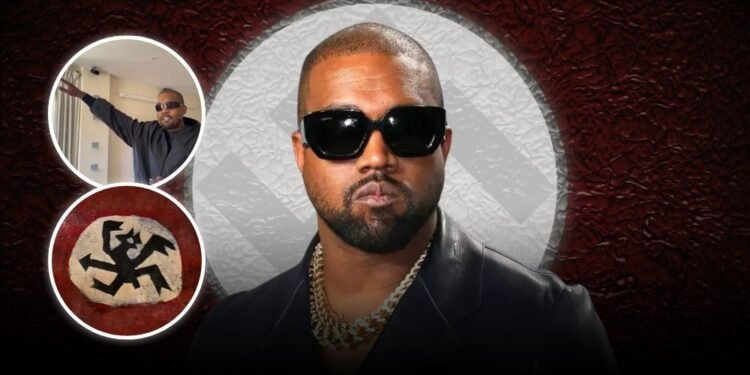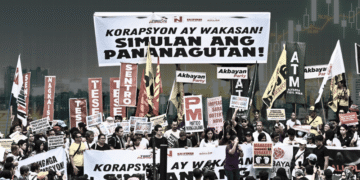Ye, formerly Kanye West, released a song titled “Heil Hitler,” igniting immediate backlash for its antisemitic content and timing on VE Day, the 80th anniversary of Nazi Germany’s defeat.
The track, intended as the third single from his upcoming album CUCK, was swiftly removed from streaming platforms like SoundCloud and banned by digital service providers (DSPs).
The Simon Wiesenthal Center, a Jewish human rights organization, condemned the song as “hate speech, pure and simple,” with CEO Jim Berk calling it “totally in line with the despicable messages we now expect from West.”
The song, primarily written by rapper Dave Blunts with vocals from the Hooligans, includes lyrics addressing Ye’s custody struggles with ex-wife Kim Kardashian and references to Adolf Hitler, such as “I became a Nazi, yeah, b***h, I’m the villain.”
It’s music video, featuring Black men in animal pelts chanting the chorus and a sample of a Hitler speech, further fueled controversy.
Ye defended the track on X, claiming censorship and pointing to perceived double standards: “Heil Hitler by Ye has been banned by all digital streaming platforms while Rednecks by Randy Newman remains streamable They’re literally keeping the n—-s down.”
This isn’t Ye’s first brush with antisemitism. In 2022, he expressed admiration for Hitler on Alex Jones’ InfoWars, and in February 2025, he posted antisemitic rants on X, including “I’m a Nazi” and “I love Hitler,” before retracting the Nazi label.
The Wiesenthal Center also criticized X for enabling such content, citing violations of the platform’s rules against attacking protected groups. Ye’s actions may stir mixed feelings.
His influence in hip-hop, a genre beloved in the Philippines, clashes with the country’s strong Catholic values and respect for historical sensitivities. The controversy, amplified by posts on X calling out Ye’s “unhinged” rhetoric, underscores the tension between artistic freedom and responsibility.
As Ye prepares CUCK, the fallout from “Heil Hitler” raises questions about his legacy and the boundaries of provocation.












